New York Bans PFAS in Apparel: A Major Step Against “Forever Chemicals”
New York has taken a significant step toward reducing the environmental and health impacts of per- and polyfluoroalkyl substances (PFAS) by banning the sale of certain new apparel containing these chemicals. Often referred to as “forever chemicals” due to their persistence in the environment and human body, PFAS have been linked to serious health risks. The new legislation aims to curtail their prevalence in consumer goods, signaling a broader trend toward regulating hazardous substances in textiles.
What Are PFAS?

PFAS are a class of over 9,000 synthetic chemicals that have been used in a wide range of industrial and consumer products since the 1940s. Known for their durability and resistance to heat, water, and stains, PFAS have been commonly applied in non-stick cookware, firefighting foam, and water-repellent textiles. However, their chemical structure makes them highly resistant to degradation, leading to their accumulation in the environment and human tissues.
Health Risks Studied

The health risks associated with PFAS exposure are alarming. Studies have linked these chemicals to cancer, liver damage, thyroid disease, developmental issues in children, and immune system suppression. PFAS contamination has been detected in drinking water supplies, soil, and even the bloodstreams of people worldwide, prompting increased scrutiny and regulatory efforts.
PFAS in Clothing

In the apparel industry, PFAS are often used to create water- and stain-resistant fabrics. Outdoor gear, uniforms, and even everyday items like raincoats and yoga pants may contain PFAS to enhance their performance. While these features are desirable for many consumers, the potential health and environmental consequences are concerning.
Washing Leaches The Chemicals

When PFAS-treated clothing is washed, the chemicals can leach into wastewater systems, eventually entering rivers, lakes, and oceans. The production and disposal of these garments also contribute to PFAS pollution. Consumers may be exposed to PFAS through direct skin contact or by inhaling particles shed from clothing.
New York’s Ban on PFAS in Apparel

The new legislation in New York prohibits the sale of certain apparel items containing intentionally added PFAS. This law, set to take effect in 2025, reflects growing awareness of the risks posed by these chemicals and aims to encourage manufacturers to find safer alternatives.
There Are Exemptions

The ban covers a range of clothing items, including everyday apparel and uniforms, but exempts specialty gear like personal protective equipment (PPE), which may still require PFAS for functionality. The law also requires manufacturers to disclose the presence of PFAS in products, enhancing transparency and enabling consumers to make informed choices.
Other Laws Addressing PFAS in Clothing

New York’s move aligns with similar actions taken by other states and countries. California, for instance, passed a law in 2022 banning PFAS in children’s and maternity products, including certain textiles. Washington State has also enacted legislation to restrict PFAS in firefighting gear and consumer products.
What About The Environmental Protection Agency (EPA)?
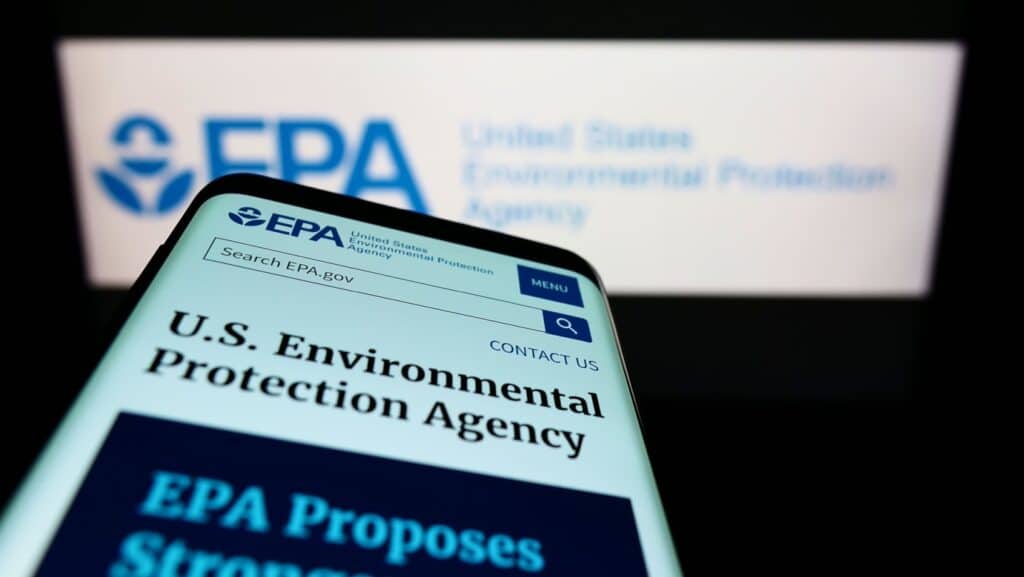
At the federal level, the Environmental Protection Agency (EPA) has proposed guidelines to limit PFAS in drinking water and is considering broader regulations for their use in consumer goods.
What About the European Union?

Internationally, the European Union is taking steps to phase out PFAS in various industries, including textiles, as part of its “Zero Pollution” ambition. Several brands have also voluntarily pledged to eliminate PFAS from their supply chains in response to consumer demand and regulatory pressure.
How Much of a Risk Do PFAS in Clothing Pose?

While PFAS in clothing may not pose the same level of immediate risk as contaminated drinking water or food, their presence is still concerning. Skin absorption is one potential route of exposure, although it is less efficient compared to ingestion or inhalation. However, the cumulative effect of PFAS exposure from multiple sources—including clothing, household items, and environmental contamination—raises the stakes.
Additionally, PFAS-treated clothing contributes to environmental pollution throughout its lifecycle. Microfibers released during washing can carry PFAS into waterways, where they accumulate in aquatic organisms and enter the food chain. Disposal of PFAS-laden textiles in landfills can lead to leaching, further contaminating soil and groundwater.
Industry Response and Alternatives

The apparel industry is increasingly exploring alternatives to PFAS. Brands such as Patagonia, H&M, and Levi Strauss & Co. have committed to phasing out PFAS from their products. Innovations in fabric technology, such as the use of wax-based or silicone-based coatings, offer safer options for achieving water and stain resistance.
Look For Certifications
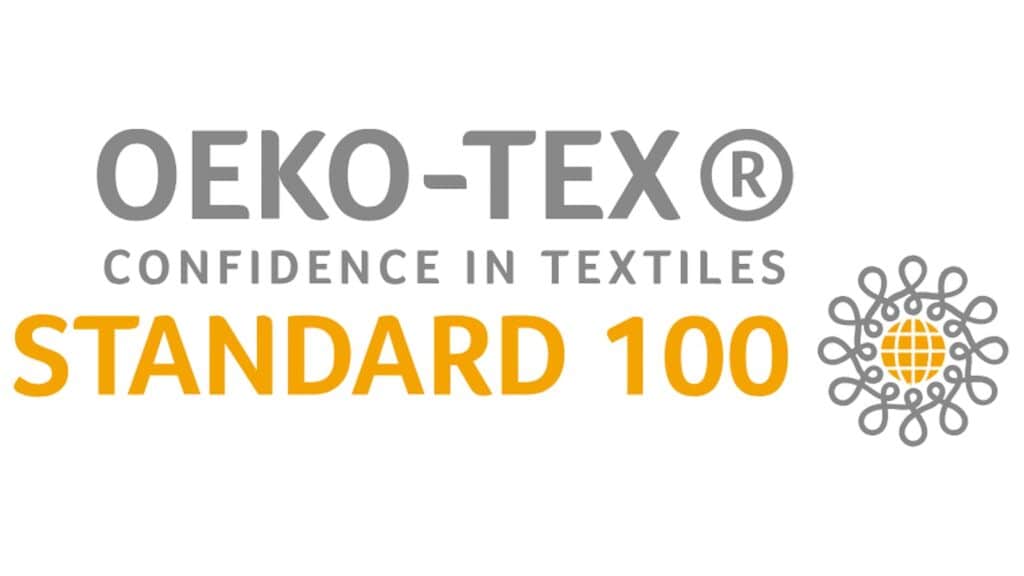
Certifications like OEKO-TEX® and bluesign® also help consumers identify textiles that meet high environmental and safety standards. These initiatives encourage manufacturers to adopt sustainable practices and reduce reliance on harmful chemicals.
Challenges and Opportunities
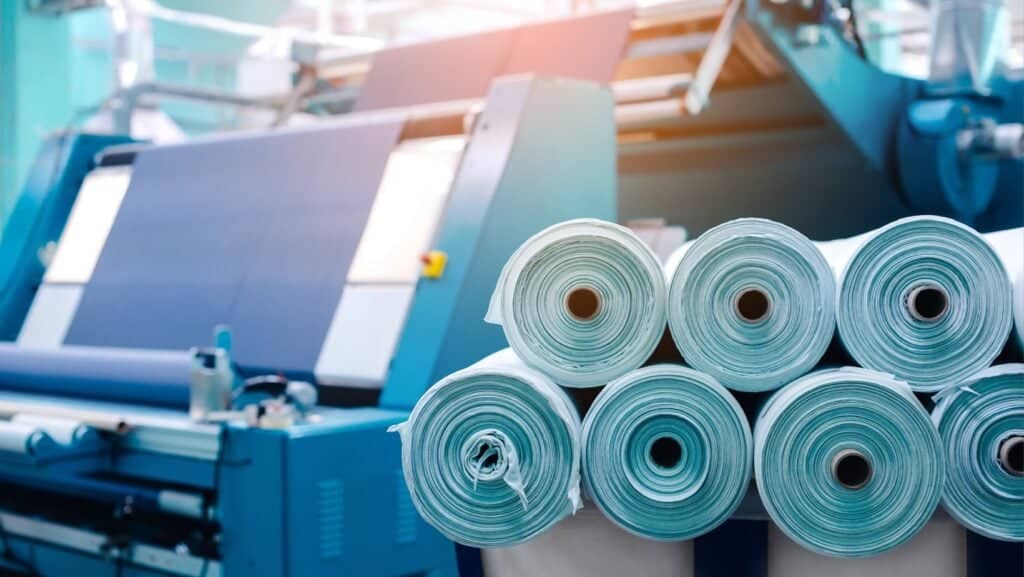
Despite progress, replacing PFAS in textiles presents challenges. Alternative materials must meet performance standards without compromising durability or affordability. Developing and scaling these solutions requires significant investment in research and development.
Innovation Is The Future

However, the shift away from PFAS also presents opportunities for innovation and market differentiation. As consumers become more aware of the health and environmental impacts of their purchases, demand for PFAS-free clothing is likely to grow. Brands that prioritize sustainability can gain a competitive edge while contributing to broader environmental goals.
Consumer Action

Consumers can take steps to reduce their exposure to PFAS and support sustainable practices in the apparel industry. These include:
- Researching Brands: Choose companies that have committed to eliminating PFAS and prioritize transparency about their materials.
- Checking Certifications: Look for garments certified by OEKO-TEX®, bluesign®, or similar standards.
- Reducing Consumption: Buy fewer, higher-quality items that are less likely to require PFAS treatments for durability.
- Proper Disposal: Recycle or donate clothing when possible to minimize environmental impact.
Conclusion
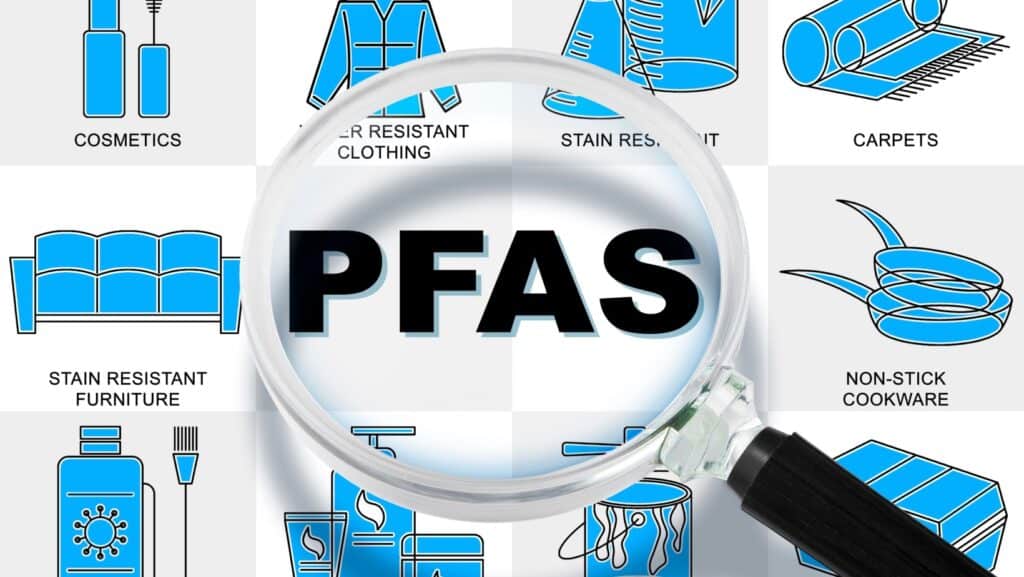
New York’s ban on PFAS in certain apparel marks a pivotal moment in the fight against forever chemicals. While challenges remain in eliminating these substances from textiles, the momentum is clear. With growing awareness, regulatory action, and industry innovation, the path toward safer and more sustainable clothing is becoming a reality. Consumers, manufacturers, and policymakers all have a role to play in ensuring a healthier future free from the harmful legacy of PFAS.
Six Kids, a Medal, and No Childcare: Welcome to the GOP Fertility Plan

The Trump administration’s latest pronatalist push offers medals and tax breaks instead of real support for parents. From sexist incentives to slashed child programs, here’s why it’s all hypocrisy—not help.
READ: Six Kids, a Medal, and No Childcare: Welcome to the GOP Fertility Plan
Join Us
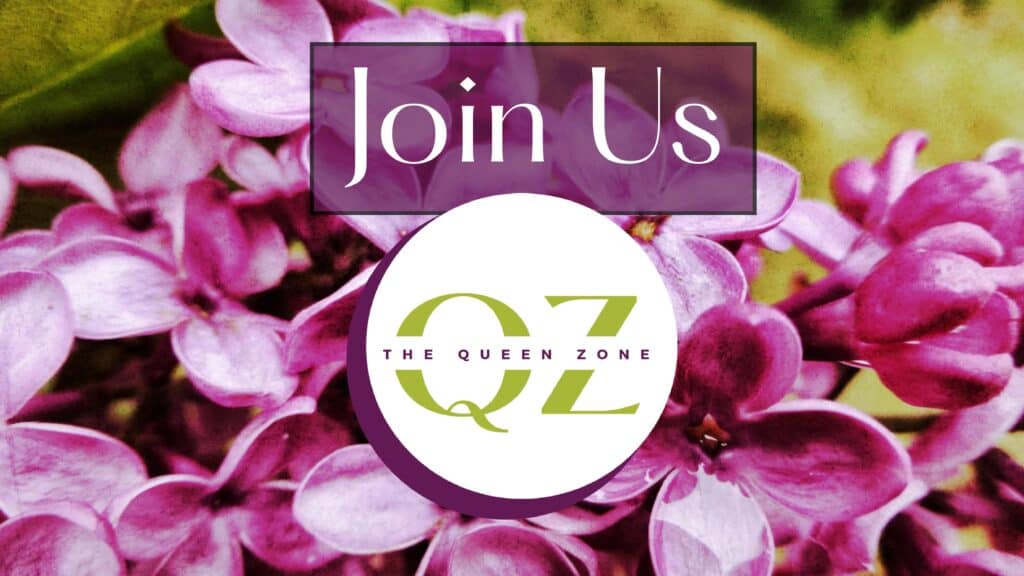
Join us on this empowering journey as we explore, celebrate, and elevate “her story.” The Queen Zone is not just a platform; it’s a community where women from all walks of life can come together, share their experiences, and inspire one another. Welcome to a space where the female experience takes center stage. Sign up for our newsletter so you don’t miss a thing, Queen!







